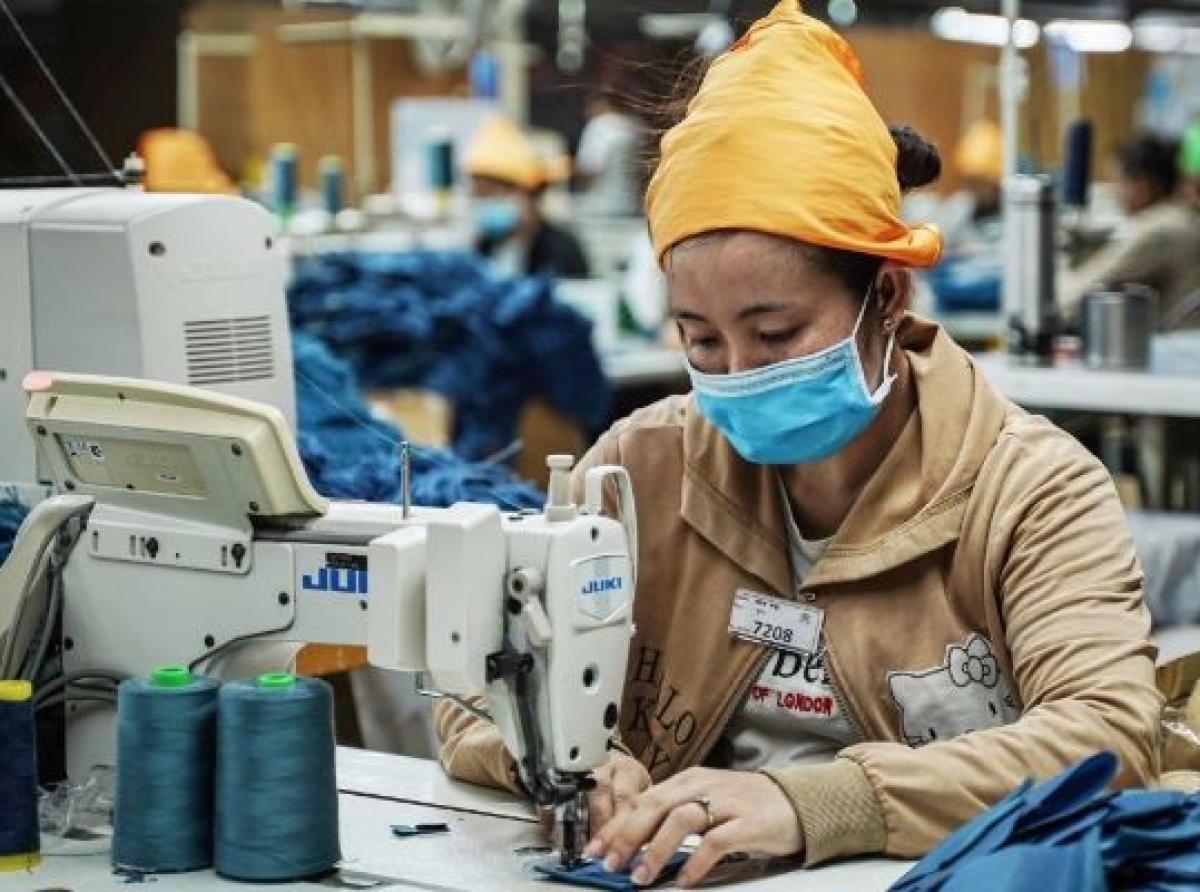Nearshoring Or Reshoring & its relevance in Apparel Industry

29 October 2022, Mumbai:
The fashion sector continues to be severely impacted by supply chain disruptions due to store closures and factory lockdowns in the source countries ever since the pandemic struck. According to a recent survey by McKinsey & Company, 71% of apparel/clothing and fashion companies intend to grow their nearshoring share by 2025 as transportation costs become the most significant cost driver.
Operational challenges
The fashion industry is under great stress due to imponderables like periodic port closures, traffic jams, a lack of available containers, and capacity challenges with both air and marine freight. According to Senior Partner Karl-Hendrik Magnus, head of the Apparel, Fashion & Luxury business at McKinsey in Germany, shipping delays are now the top cost factor.
Nearshoring or Reshoring gaining currency
Turkey is currently among the top three most potential source nations for the upcoming years, which is a first. Turkey is incredibly tempting to the European market because it takes only three to six days to ship a piece of apparel/clothing from Turkey to Germany as opposed to up to 30 days to ship a similar item from Southeast Asia. Likewise, Central America is now a bigger priority for the US market.
Reshoring is also gaining popularity; 24% of sourcing executives mentioned it as a potential strategy for boosting their proportion of domestic production.
Sustainability side of the business
An open secret about logistics/transportation being the biggest culprit emitting a great amount of greenhouse gas emissions considering that the Textile & Apparel (T&C) sector has one of the longest global supply chains. Another benefit of nearshoring is the increase in sustainability and decrease in greenhouse gas emissions that result from the shorter transport routes as we cannot do unsustainable business anymore.
Saskia Hedrich, the report's co-author, adds that nearshoring also offers inherent gains and enables more adaptable in-season manufacturing, which helps to decrease overproduction. This will also help a trend whereby 53% of businesses intend to cut back on the variety of alternatives in their selection over the next several years to create more intelligent and customer-centered designs.
In the connected world, everyone wins from this trend; consumers receive better-tailored items, businesses experience better full-price sales, and the environment experiences reduced product surplus and waste.
Shaping landscape
Why are so many business executives hopeful that things are changing? Even if reshoring is declining, the same Kearney study found that CEOs and other executives are becoming more supportive of reshoring than they were a year ago on the back of the automation of processes. 92 percent of Kearney's most recent poll participants stated that they are now optimistic about reshoring and are quite mindful of it.
The sixth edition of McKinsey's Apparel Chief Purchasing Officer (CPO) Survey further illustrates this shift in perspective. 38 CPOs from large and small multinational apparel and athletic firms and retailers who responded to the poll present a tremendous transition in their operations, sourcing, and overall working style and will sort out over time.
The opportunity is big
Such a crucial choice is being made for various reasons, including the desire to have more control over the production process given that digitization is pervasive, to prevent instability in developing nations, and more. But at the moment, a certain logic motivates companies in the fashion industry to relocate closer to their customers, and happy to report in this article that this space is worth watching.
Let's discuss the ethical piece of the present special considerations pushing businesses to start a nearshoring or reshoring process. Manufacturers can rely more on the flow they create because nearshoring strengthens control over various supply chain elements. It seems like the safest bet for many producers, given the current and expected future instability in many regions worldwide.
As we see the very anxious world & countries starting to get more protective and the way political parties are creating narrative/noise around deglobalization which is only getting louder in the global dispensations. Given that the garment industry is transitioning to an on-demand purchasing model, it makes sense for businesses to want their operations near together so they can react quickly and build on it.
Latest Publications

































